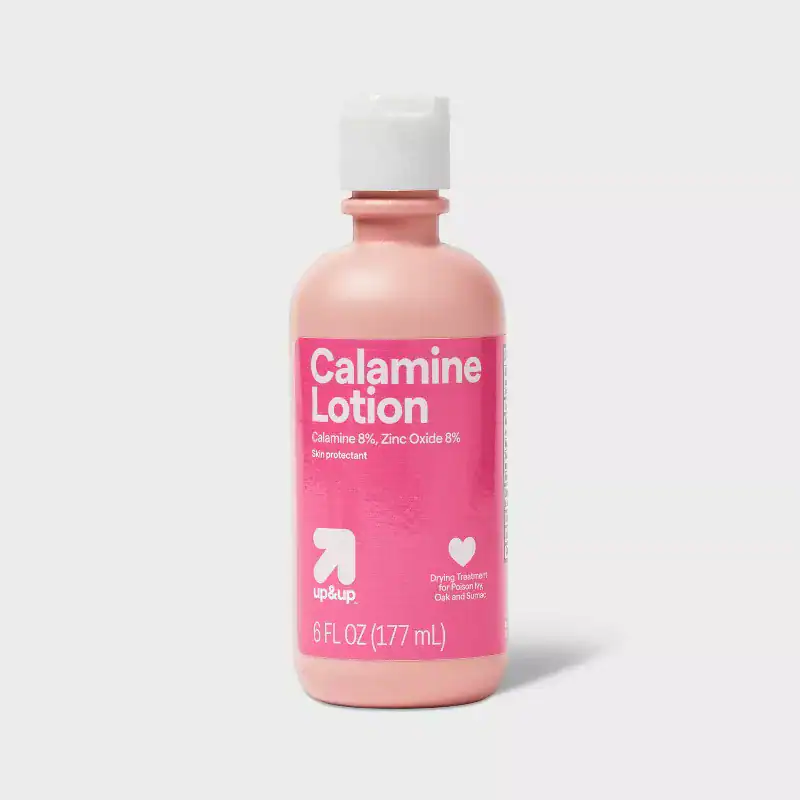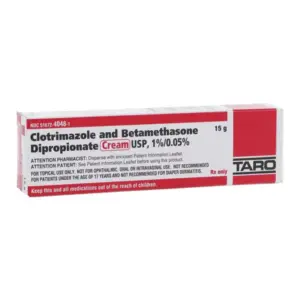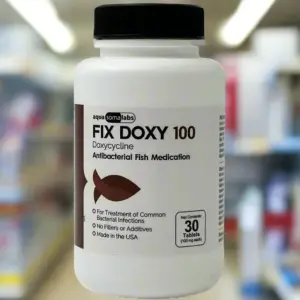Understanding Genital Itching
Before diving into the creams, it’s important to understand what might be causing the itching. Identifying the root cause can guide you in choosing the most effective treatment.
Skin Irritation
Skin irritation in the genital area is often caused by external factors. Tight clothing can trap moisture and heat, leading to chafing and irritation. Harsh soaps and personal care products may strip the skin of its natural oils, causing dryness and itchiness. Additionally, sweat can accumulate in the area, creating an environment where irritation is more likely to occur.
Allergic Reactions
Allergic reactions can occur from contact with various products. Laundry detergents or fabric softeners containing fragrances or dyes might provoke an allergic response. Personal hygiene products, such as scented wipes or body sprays, can also cause allergic reactions leading to itching and discomfort.
Infections
Fungal and bacterial infections are common culprits of genital itching. Yeast infections, caused by an overgrowth of Candida, can lead to intense itching and discomfort. Similarly, bacterial infections can disrupt the natural balance of bacteria in the genital area, causing irritation and itchiness.
Sexually Transmitted Infections (STIs)
STIs such as herpes, chlamydia, or gonorrhea can manifest as itching in the genital area. These infections often require medical treatment, and symptoms may include additional signs like discharge, pain, or sores. It’s crucial to seek medical evaluation if an STI is suspected.
When to Consult a Healthcare Professional
If the itching persists or is accompanied by other symptoms like discharge or pain, it’s crucial to consult a healthcare professional. They can provide a proper diagnosis and recommend appropriate treatments, ensuring effective relief and preventing complications.
Types of Creams for Genital Itching
There are several creams available that can effectively relieve genital itching. Understanding their uses and ingredients can help you select the best option for your needs.
Antihistamine Creams
Antihistamine creams are typically used for allergic reactions. These creams work by blocking histamines in the body, which are chemicals that cause itching and inflammation. They provide quick relief for itching caused by allergies or mild irritations.
How Antihistamine Creams Work
Antihistamine creams contain active ingredients that counteract histamine activity in the skin. By reducing the histamine response, these creams help alleviate the itching sensation and calm inflammation. They are particularly effective for immediate relief from itching due to allergic reactions.
Application and Usage
Antihistamine creams should be applied as directed on the packaging. It’s important to use them only on affected areas and avoid overuse. Overapplication can sometimes lead to skin sensitivity or irritation.
Safety and Precautions
While antihistamine creams are generally safe, it’s crucial to avoid using them on broken or infected skin. If symptoms persist after several days of use, consulting a healthcare professional is recommended.
Skin Irritation Creams
These creams are designed to soothe irritated skin. They often contain ingredients like aloe vera or chamomile, known for their calming properties. Skin irritation creams are ideal for those whose itching results from non-infectious irritants like soaps or fabrics.
Ingredients and Benefits
Skin irritation creams typically include natural soothing agents. Aloe vera is renowned for its cooling and healing properties, while chamomile helps reduce redness and calm irritated skin. These ingredients work together to provide gentle relief from itching.
Recommended Use
For best results, apply skin irritation creams to clean, dry skin. It’s advisable to use them after bathing to lock in moisture and provide prolonged relief. These creams can be used regularly as part of a skincare routine.
Choosing the Right Cream
When selecting a skin irritation cream, look for products free from fragrances and dyes. Hypoallergenic formulations are particularly beneficial for sensitive skin, reducing the risk of further irritation.
Antifungal Creams
Fungal infections are a common cause of genital itching. Antifungal creams are specifically formulated to target fungi and provide relief from symptoms like itching and redness. They are often used for conditions like jock itch or yeast infections.
Mechanism of Action
Antifungal creams work by disrupting the cell membranes of fungi, preventing their growth and reproduction. This action reduces the fungal load and alleviates symptoms associated with infections.
Indications for Use
These creams are effective for treating conditions such as athlete’s foot, jock itch, and yeast infections. It’s important to apply them consistently for the duration recommended on the packaging to ensure complete eradication of the infection.
Precautions and Advice
Always follow the recommended application instructions for antifungal creams. Overuse or incorrect application may lead to resistance or recurrence of the infection. Seek medical advice if symptoms do not improve within a week of treatment.
Anti-Itch Lotions
Anti-itch lotions typically contain ingredients like menthol or camphor, which provide a cooling sensation to the skin, reducing the urge to scratch. These lotions can be used for general itching relief in the genital area.
Cooling Effect and Relief
The menthol or camphor in anti-itch lotions creates a cooling effect that temporarily numbs the skin, reducing itchiness. This sensation provides immediate relief and helps deter scratching, which can worsen irritation.
Application Tips
Apply anti-itch lotions to clean, dry skin. It’s beneficial to use them before bed or during periods of intense itching to maintain comfort. Avoid using on broken skin to prevent stinging or irritation.
Considerations for Sensitive Skin
For individuals with sensitive skin, choose lotions formulated for delicate areas. Opt for products without alcohol or strong fragrances to minimize the risk of further irritation.
Best Creams for Genital Itching
When selecting a cream for genital itching, it’s important to choose one that’s suitable for sensitive skin and addresses the specific cause of the itching. Here are some of the best options available:
1. Hydrocortisone Cream
Hydrocortisone cream is a mild steroid cream that can reduce inflammation and itching. It’s effective for relieving itching caused by minor skin irritations or allergic reactions. However, it’s important to use it sparingly and only as directed, as overuse can thin the skin.
Benefits and Uses
Hydrocortisone cream is widely used for its anti-inflammatory properties. It alleviates itching and reduces swelling, making it ideal for treating allergic reactions or irritation from contact dermatitis.
Application Guidelines
Apply hydrocortisone cream in a thin layer to the affected area. Use it no more than twice daily, and avoid prolonged use to prevent skin thinning. Follow the instructions provided by your healthcare provider or the product packaging.
Cautions and Warnings
Avoid using hydrocortisone cream on open wounds or infected skin. If there’s no improvement after a week of use, seek medical advice. Long-term use without medical supervision is not recommended.
2. Clotrimazole Cream
Clotrimazole is an antifungal cream used to treat fungal infections such as yeast infections. It works by inhibiting the growth of fungi, providing relief from itching and other symptoms. Clotrimazole is available over-the-counter and is safe for use in the genital area.
How It Works
Clotrimazole interferes with the cell membranes of fungi, preventing their growth and reproduction. This action alleviates symptoms and helps clear the infection.
Usage Instructions
Apply clotrimazole cream as directed, usually twice a day, to the affected area. Continue use for the full course recommended to prevent recurrence of the infection.
Safety and Efficacy
Clotrimazole is generally safe for most users. If irritation occurs or symptoms persist, discontinue use and consult a healthcare professional. Always follow the usage guidelines provided.
3. Calamine Lotion

Calamine lotion is a popular anti-itch treatment that works by providing a cooling sensation to the skin. It is often used for general itching relief and can be applied to the external genital area to soothe irritation.
Benefits and Mechanism
Calamine lotion contains zinc oxide, which has soothing and protective properties. It provides a barrier on the skin, helping reduce irritation and prevent further itching.
Recommended Application
Shake the bottle well before use and apply calamine lotion using a cotton pad or clean fingers. Allow it to dry on the skin for best results. Reapply as needed for continued relief.
Considerations for Sensitive Areas
Calamine lotion is safe for most skin types, but avoid using it on broken skin. If you experience any adverse reactions, discontinue use and consult a healthcare provider.
4. Aloe Vera Gel
Though not a cream, aloe vera gel is a natural remedy known for its soothing and healing properties. It can be applied directly to the skin to relieve itching and promote healing. Aloe vera gel is gentle and suitable for sensitive skin.
Natural Benefits
Aloe vera gel contains compounds that hydrate and calm the skin. Its anti-inflammatory properties help reduce redness and itching, making it an excellent choice for soothing irritated skin.
Application Tips
Apply a thin layer of aloe vera gel to clean skin. It’s best used after bathing when the skin is slightly damp to lock in moisture. Reapply as needed for continuous relief.
Choosing Quality Products
When selecting aloe vera gel, choose products that are pure and free from additives. Organic or 100% aloe vera formulations are ideal for sensitive skin.
Using Creams Safely
When using creams for genital itching, it’s important to follow these guidelines to ensure safe and effective relief:
1. Read the Instructions
Always read and follow the instructions on the product label. Proper application and dosage are crucial for achieving the best results without adverse effects.
2. Patch Test
Before applying a new cream, do a patch test on a small area to ensure there’s no adverse reaction. This step is especially important for individuals with sensitive skin or allergies.
3. Consult a Doctor
If the itching persists or worsens, consult a healthcare professional for advice. Persistent symptoms may indicate an underlying condition that requires medical attention.
4. Avoid Overuse
Some creams, like hydrocortisone, should not be used for extended periods. Follow the recommended usage guidelines to prevent potential side effects, such as skin thinning or resistance.
Conclusion
Genital itching can be distressing, but with the right cream, relief is within reach. Whether you’re dealing with an allergic reaction, a fungal infection, or general irritation, there’s a cream designed to help. Remember, it’s important to identify the cause of the itching and choose a product that’s suitable for your specific needs.
If you’re unsure which cream is right for you, or if symptoms persist, seek medical advice. With the proper treatment, you can alleviate discomfort and return to feeling your best.





